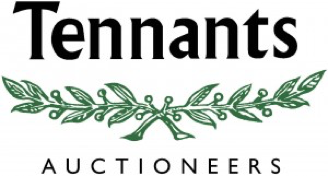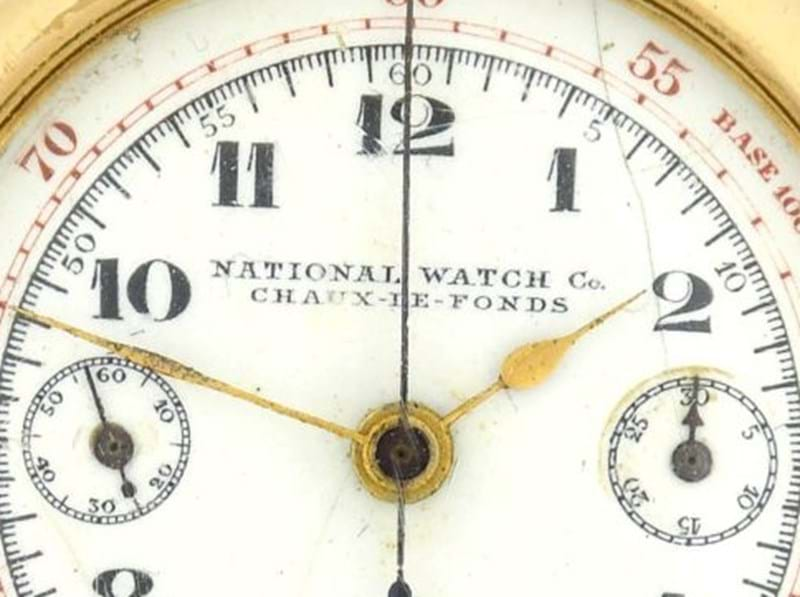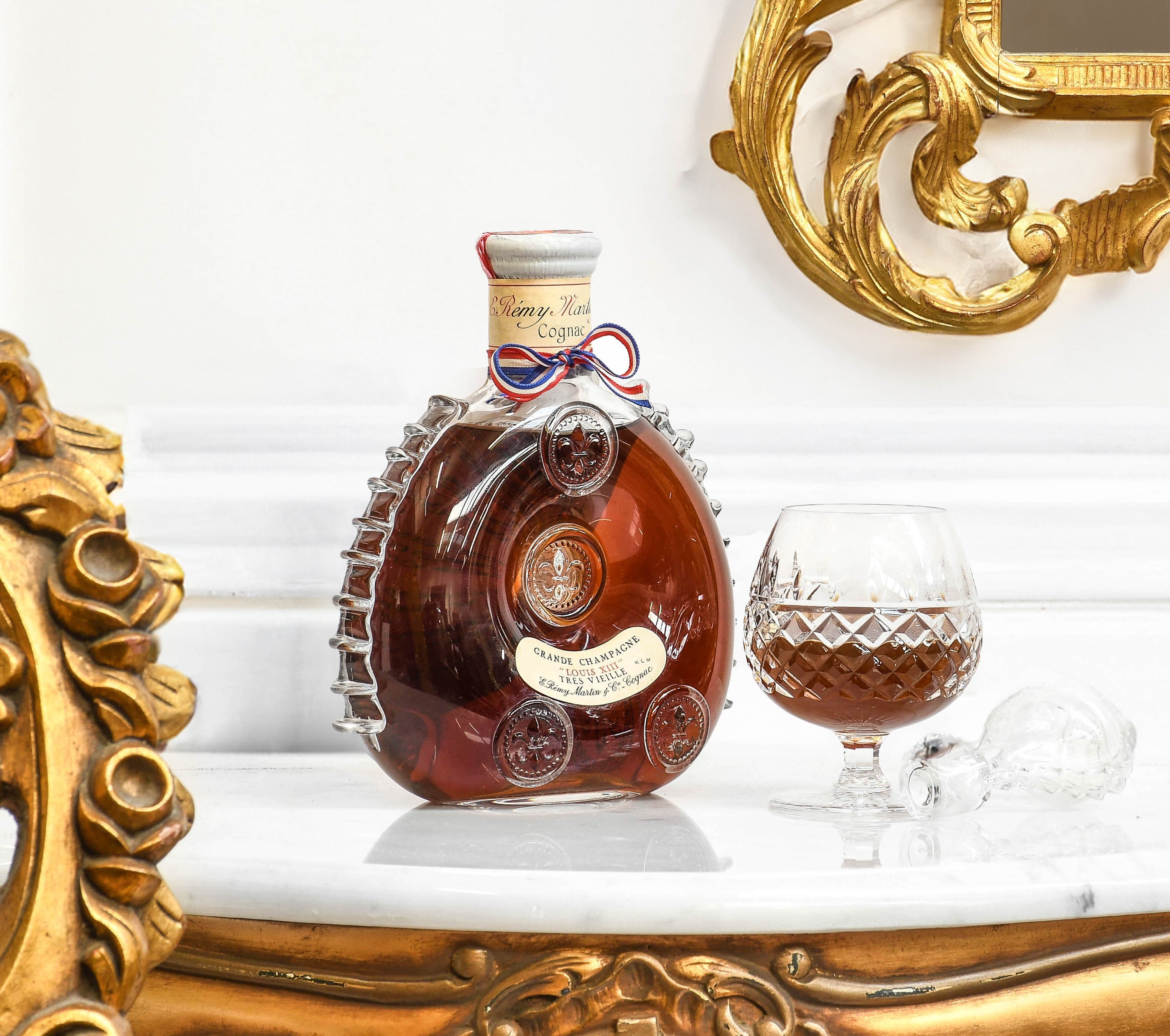John Newall has assembled an extraordinary collection of Molas – decorative cloth panels that form part of the traditional costume of the Guna people, who are indigenous to parts of Panama and Columbia.
Newall first learned of the region and its people through researching William Patterson (d.1719), one of the founders of the Bank of England. Patterson was also one of the instigators of the ill-fated Darien Gap scheme in which vast amounts of money was spent trying and failing to establish a Scottish colony on the isthmus of Panama to control an overland route between the Atlantic and Pacific oceans. Newall subsequently travelled to the region in the 1970s, visiting the San Blas islands to the north of the isthmus, returning to the area again in 1989 and collecting this extraordinary array of molas directly from the makers.
In the Guna’s native language, Dulegaya, ‘mola’ means shirt or clothing. Molas may have developed from the centuries old tradition of Guna women painting their torsos with geometric designs, above a cloth wrapped around their lower halves. Following the influence of Spanish settlers and missionaries, from the late 17th century the Guna women transferred their traditional geometric designs onto cloth to be sewn into blouses, first in paint, and then developed into a complex reverse appliqué technique by the late 19th century.
In reverse appliqué, multiple layers (usually between two and seven) of different coloured cotton fabric are sewn together. The pattern is made by cutting the design through parts of each layer, to reveal the different colours beneath. The largest part of the design is usually cut from the top layer of fabric, and the smallest from the bottom layer of fabric, before the edges of each cut out are very finely stitched over. The quality of molas vary greatly, but the most highly prized are those with the most layers, the most complex patterns, and the finest of stitching. Embroidery, ordinary appliqué and other embellishments are also employed to enhance the artistry of the design.
Settlers from Spain, Scotland and France all left their mark on Guna culture, and from the beginning of the 20th century traditional Guna women’s clothing comprised a blouse with patterned front and back panels, patterned blue cloth wrap skirt, red and yellow headscarf, beaded bands for arms and legs and gold nose and earrings, an outfit still worn today. Over the years the designs on molas developed from abstract geometric patterns to incorporate realistic birds, animals and fish, as well as a wide variety of cultural references from traditional Guna legends to Christian themes, political statements, and even logos from pervasive US advertising. A thriving trade selling to both tourists and locals grew up, with its heyday in the middle decades of the 20th century. Whilst many were made directly for sale, women would also remove molas from their own clothing when they were tired with the design and sell them on; thus, it is not unusual to find molas with areas of wear.
Molas rarely appear at auction today, and it is extraordinary to see a collection of this size come onto the market. The collection comprises over 200 items, which will be sold in groups of ten with estimates starting at £100-200 (plus buyer’s premium). The first part of the collection will be sold, along with examples of Albanian costume from John Newall’s collection, in the Costume, Accessories and Textiles Sale on 11th February.


























